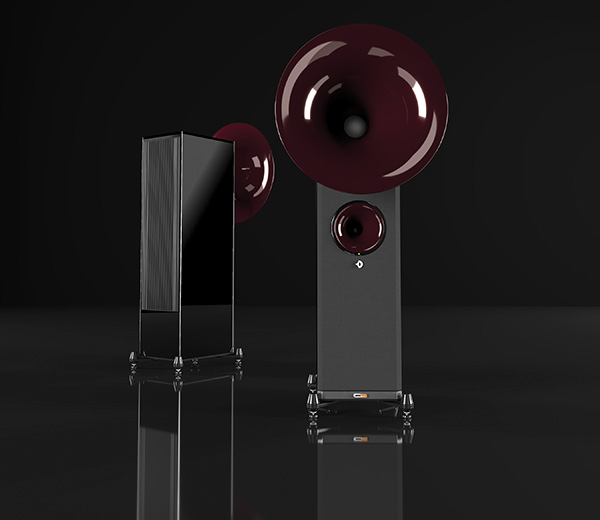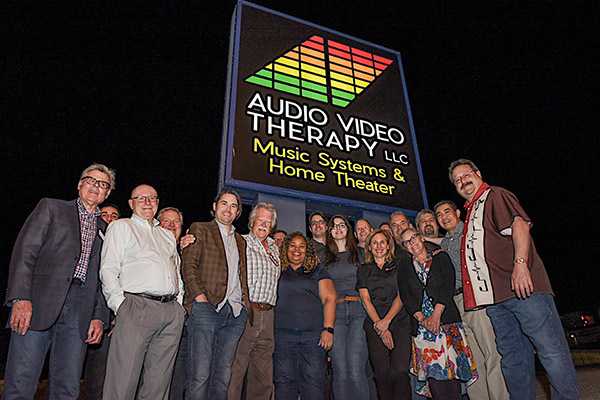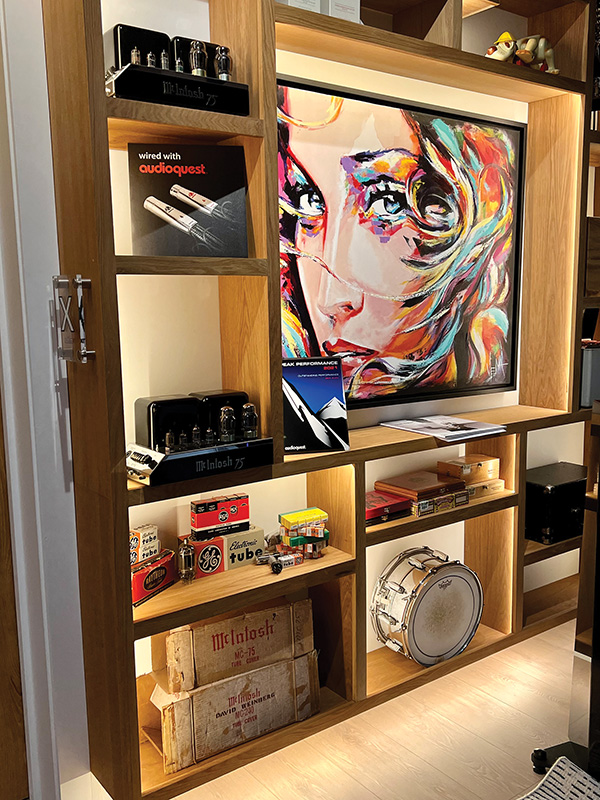Avantgarde Duo SD iTRON G3 active loudspeaker Associated Equipment
Avantgarde Duo SD iTRON G3 active loudspeaker Associated Equipment
- Read more about Avantgarde Duo SD iTRON G3 active loudspeaker Associated Equipment
- Log in or register to post comments




